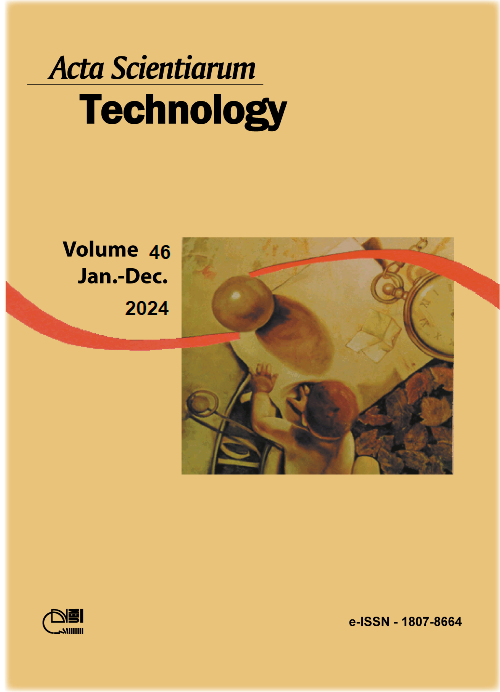App store mining for feature extraction: analyzing user reviews
DOI:
https://doi.org/10.4025/actascitechnol.v46i1.62867Palavras-chave:
feature enhancement; feature requests; requirement engineering; user reviews; non-negative matrix factorizationResumo
A recent study shows that the most commonly used app stores, iOS app store and Android's play store had up to 2 million apps from where users can explore, purchase, share, download and install applications on a single click. More and more apps are being added daily which makes the app stores a large software repository. An enormous amount of data is provided by the end users in the form of user reviews. This data can provide valuable insights for acquiring requirements. User reviews include plenty of information as they contain information about faulty features (Bug reports), ideas for new features and improvements (feature requests), or user experience that can help app developers and vendors to achieve software enhancement and evolution tasks. As feature requests are the ones that are most helpful for the purpose of eliciting new requirements, the work is done on feature requests out of the 3 categories mentioned above. This study is conducted to provide a general approach that extracts feature request from user reviews. The proposed approach has five main building blocks, namely, (i) Extraction of Feature Requests, (ii) Feature Extraction from Feature Requests, (iii) topic modelling, (iv) sentiment analysis and (v) Classification into Functional Requirements (FR) and Non-Functional Requirements (NFR). Firstly, it finds the feature requests out of the reviews, then perform extraction of features from feature requests, then further work on grouping the features into topics, next apply sentiment analysis to mine the user opinions on the extracted topic and finally group them into Functional and Non-Functional requirements. This article provides the app developers a more user-centred definition of requirements and improvements. At the topic modelling phase, the results received the highest coherence score, 0.70, with k=22 topics. Sentiment analysis is used to classify feature request, with an accuracy of 80.20%, precision of 84.25%, and recall of 80.42%. With an accuracy of 84.4%, requirements are classified quite successfully as well.
Downloads
Downloads
Publicado
Como Citar
Edição
Seção
Licença
DECLARAÇíO DE ORIGINALIDADE E DIREITOS AUTORAIS
Declaro que o presente artigo é original, não tendo sido submetido í publicação em qualquer outro periódico nacional ou internacional, quer seja em parte ou em sua totalidade.
Os direitos autorais pertencem exclusivamente aos autores. Os direitos de licenciamento utilizados pelo periódico é a licença Creative Commons Attribution 4.0 (CC BY 4.0): são permitidos o compartilhamento (cópia e distribuição do material em qualqer meio ou formato) e adaptação (remix, transformação e criação de material a partir do conteúdo assim licenciado para quaisquer fins, inclusive comerciais.
Recomenda-se a leitura desse link para maiores informações sobre o tema: fornecimento de créditos e referências de forma correta, entre outros detalhes cruciais para uso adequado do material licenciado.















